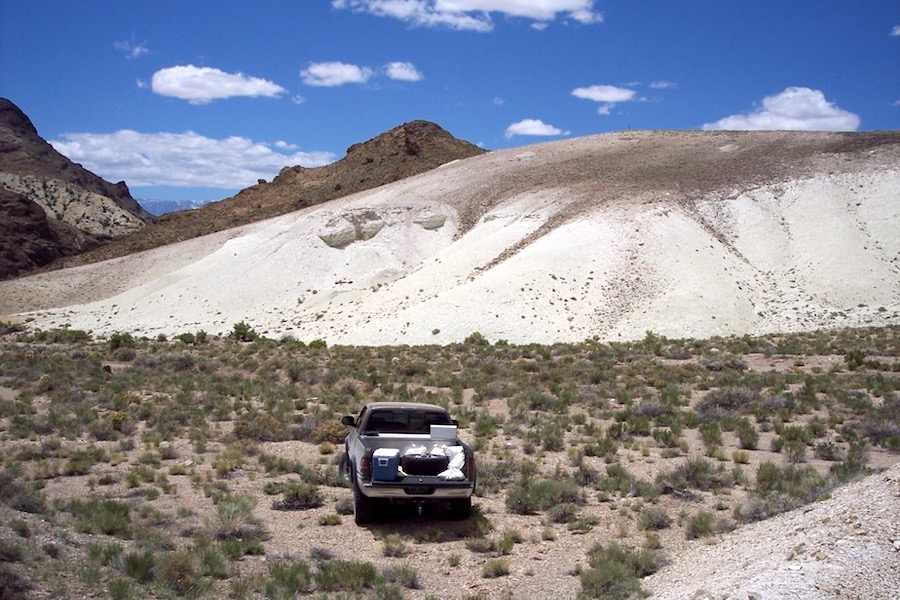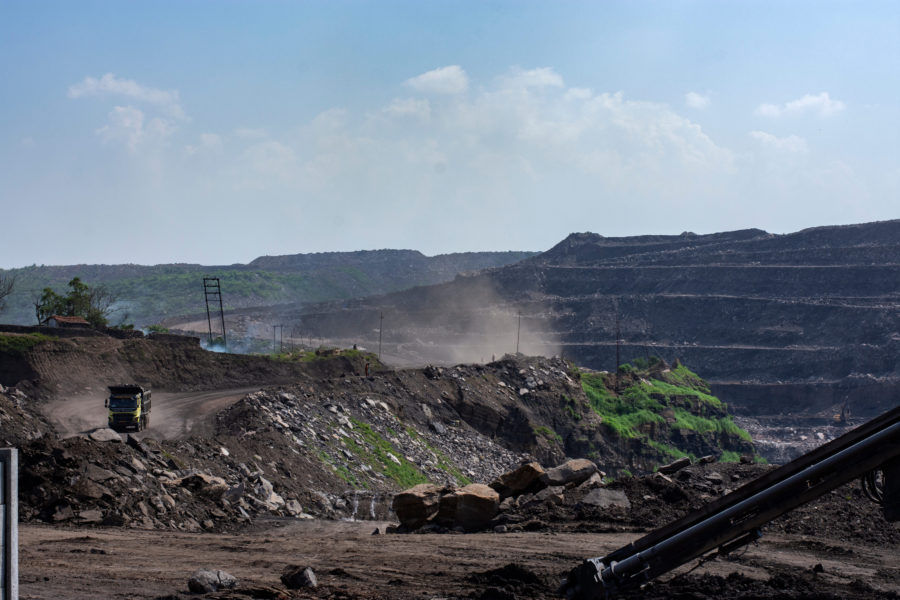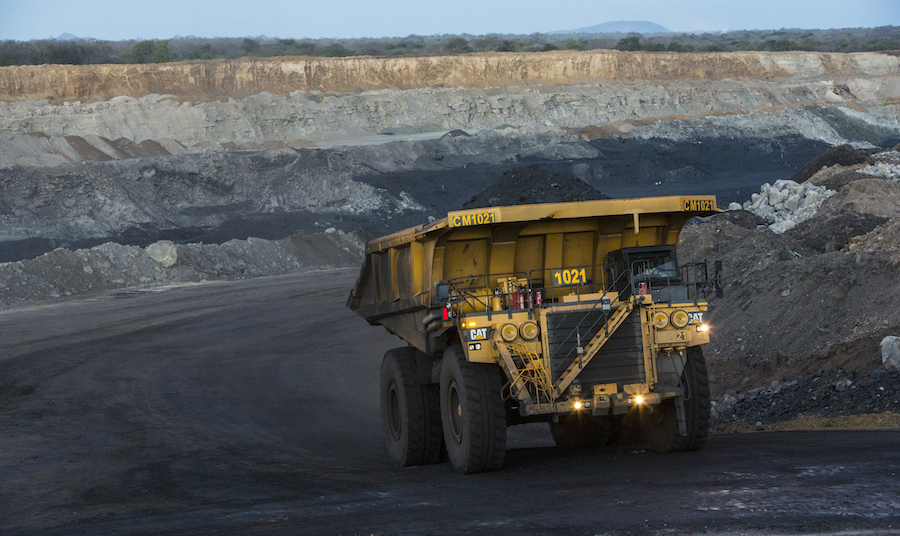Ford to buy lithium from ioneer for US EV battery plant

Ford Motor Co said on Thursday it will buy lithium from ioneer Ltd’s Rhyolite Ridge mining project in Nevada and use the metal to build electric vehicle batteries in the United States.
The deal is one of the first binding agreements between a US lithium company and US automaker amid rising pressure from Washington to domestically source metals for the green energy transition and curb reliance on China.
Under the terms of the deal, ioneer will supply 7,000 tonnes of lithium carbonate annually for five years to BlueOvalSK, Ford’s battery joint venture with SK Innovation, which has a Kentucky factory.
Shipments are slated to start by the end of 2025, when ioneer and development partner Sibanye Stillwater Ltd expect the mine to open on federal land roughly 225 miles (362 km) north of Las Vegas.
“We’re really excited to be helping America’s goal of making EVs domestically,” James Calaway, ioneer’s executive chairman, told Reuters.
The Australia-based company’s shares, which began trading on the Nasdaq last month, were up 8% in midday trading.
The amount of lithium that ioneer will supply Ford is enough to make about 175,000 EVs annually, though that figure would vary depending on a vehicle’s power needs.
“Helping unlock lithium in the US will help us support localized production of battery cells going forward,” said Lisa Drake, Ford’s vice president of EV industrialization.
The Ford deal, and a similar one last year with South Korea’s Ecopro Co, are for about two-thirds of ioneer’s expected annual lithium production of 21,000 tonnes. Calaway said ioneer is in talks now to sell most of the remaining capacity in the United States.
US officials earlier this year said they would zone off 910 acres (368 hectares) near the mine site to protect a rare flower known as Tiehm’s buckwheat.
The Center for Biological Diversity, an environmental group, said Ford “needs to rethink this poor decision” to partner with ioneer and should source the metal elsewhere because of concerns about the flower’s fate.
(By Ernest Scheyder; Editing by Leslie Adler and Bernadette Baum)
More News
{{ commodity.name }}
{{ post.title }}
{{ post.date }}



Comments